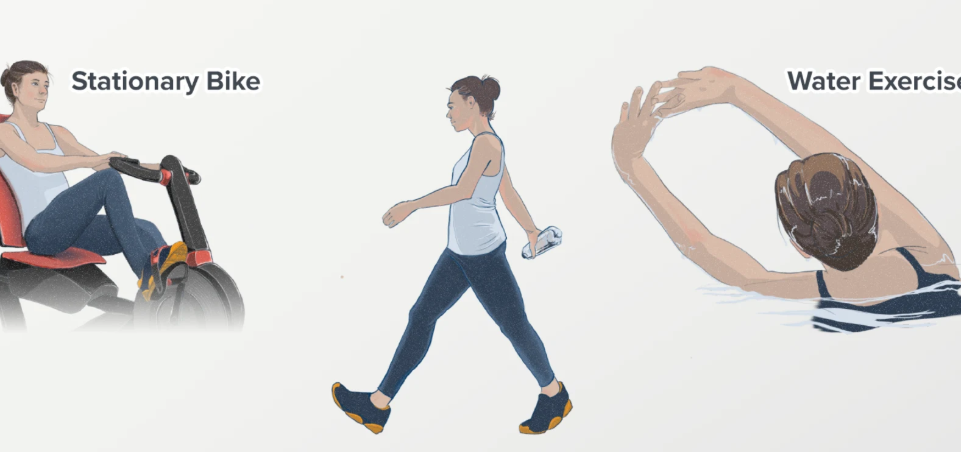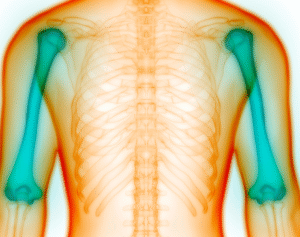Understanding the Urgency of Treating Fibromyalgia Flare Ups
Fibromyalgia is a chronic condition that affects the muscles, soft tissues, and nervous system, leading to widespread pain, fatigue, and cognitive disruptions. While its symptoms can persist in the background, flare ups bring about sudden and intensified waves of discomfort that interfere with daily life, often without warning. These episodes may last for days or even weeks, making effective treatment for fibromyalgia flare up a critical aspect of managing the condition.
A flare up is typically triggered by stress, poor sleep, physical exertion, weather changes, or illness. The severity and frequency vary from person to person, and recognizing early signs is key to managing the flare before it escalates.
Immediate Pain Relief Strategies During a Flare Up
When a flare up begins, rapid intervention can prevent it from worsening. Here are some immediate steps that help soothe acute symptoms:
Heat and Cold Therapy
Applying heat, such as warm baths or heating pads, helps relax tight muscles and reduce stiffness. Cold packs can be effective in numbing localized pain and decreasing inflammation in sore areas.
Rest and Reduced Activity
Taking a break from physically or mentally taxing tasks allows the body to recuperate. Bed rest should be limited, but pacing activities and incorporating short rest periods throughout the day can be beneficial.
Gentle Stretching
Light, controlled stretches prevent muscles from stiffening further. Simple movements, such as neck rolls or hamstring stretches, can keep circulation flowing and ease discomfort.
Over-the-Counter Medications
Non-prescription pain relievers like acetaminophen can provide moderate relief. However, they are best used short-term and under medical guidance.
Medical Treatment Options for Managing Flare Ups
For those with recurring or intense flares, medical intervention may be necessary. Treatment plans often involve:
Prescription Pain Relievers
Stronger analgesics or muscle relaxants may be prescribed for short-term use during intense flare ups. These aim to control pain levels and improve mobility temporarily.
Sleep Aids
Since disrupted sleep is both a cause and consequence of flare ups, medications that help with sleep can indirectly reduce the intensity and duration of the episode.
Antidepressants and Anticonvulsants
Drugs like duloxetine or pregabalin, often part of long-term management, can be adjusted during flare ups to help regulate nerve activity and dampen pain signals.
Trigger Point Injections
In some cases, healthcare providers may administer injections directly into painful areas to provide localized relief.
Physical and Occupational Therapy Approaches
Movement plays a crucial role in fibromyalgia management, even during flare ups. Carefully tailored physical and occupational therapies help reduce flare severity over time.
Modified Physical Therapy
Therapists may use modalities such as ultrasound, myofascial release, and guided exercises to maintain muscle function without overexertion.
Occupational Therapy Adjustments
Therapists help individuals modify their environment or daily routines to reduce stress on the body during a flare. Ergonomic tools and adaptive techniques can preserve function without triggering more pain.
Nutritional and Lifestyle Support
What you eat and how you live can significantly impact the length and intensity of fibromyalgia flare ups. Nutritional support and lifestyle strategies often play a preventative and recovery-enhancing role.
Anti-Inflammatory Diet
Foods rich in antioxidants and omega-3 fatty acids, like berries, leafy greens, and fatty fish, help reduce systemic inflammation. Avoiding processed sugars, dairy, and gluten may also ease flare symptoms.
Hydration and Balanced Meals
Dehydration can contribute to muscle cramps and fatigue. Ensuring adequate fluid intake and balanced meals stabilizes energy levels and supports tissue repair.
Consistent Sleep Routine
Going to bed and waking up at the same time daily supports the body’s natural rhythm. A cool, dark room with minimal noise helps optimize restorative sleep, which is essential for flare recovery.
Moderate Physical Activity
Even during flare ups, light movement such as slow walks or stretching helps prevent deconditioning and reduces post-flare stiffness.
Stress Management and Emotional Regulation
Emotional well-being is closely linked to physical health in fibromyalgia. Stress is one of the most common triggers for flare ups, and managing it can lead to better symptom control.
Mindfulness and Meditation
Deep breathing, meditation, and guided visualization techniques calm the nervous system and reduce pain perception during flares.
Cognitive Behavioral Therapy
CBT helps individuals identify and change unhelpful thoughts related to pain, promoting emotional resilience and reducing flare-related anxiety.
Support Groups
Talking to others who understand the condition provides emotional relief, practical tips, and reassurance during difficult periods.
Home and Environmental Modifications
Creating a healing environment during a flare up can enhance comfort and minimize strain on the body.
- Use a supportive mattress and pillow to reduce joint pressure
- Keep rooms quiet and dim to avoid sensory overload
- Use mobility aids, if needed, to conserve energy
- Arrange frequently used items within easy reach to prevent overexertion
Recovery Timeline and Prevention Strategies
A flare up can last anywhere from a few days to several weeks depending on the individual’s baseline health, triggers, and how quickly treatment begins. Once symptoms subside, it is essential to evaluate what triggered the episode and what coping strategies worked best.
Keeping a Symptom Journal
Tracking symptoms, food, sleep, and activities helps identify patterns and prevent future flares.
Gradual Resumption of Activities
Jumping back into full routines can lead to relapse. Slowly increasing physical and mental workloads prevents post-flare fatigue.
Ongoing Care Plan Adjustments
Reviewing and adjusting the fibromyalgia management plan with a healthcare provider after a flare can help fine-tune medications, therapies, and daily strategies.
Frequently Asked Questions
1. What are the first signs of a fibromyalgia flare up?
Early signs often include increased sensitivity to pain, muscle stiffness, overwhelming fatigue, brain fog, and poor sleep quality.
2. How can I reduce the length of a flare up?
Acting quickly by resting, managing stress, staying hydrated, and using medications as directed can help shorten flare duration.
3. Are flare ups dangerous?
While not life-threatening, flare ups can significantly impair quality of life and daily function if not addressed promptly.
4. Can weather changes trigger flare ups?
Yes, changes in humidity, temperature, or barometric pressure can trigger flares in sensitive individuals.
5. Should I exercise during a flare up?
Light movement, such as walking or stretching, is usually better than complete rest. However, exercise should be gentle and not cause additional pain.
6. Can flare ups be completely prevented?
While not always avoidable, careful lifestyle management, stress reduction, and regular medical care can reduce their frequency and severity.
Conclusion
Treating fibromyalgia flare ups requires a swift and multifaceted approach that combines medical treatment, lifestyle adjustments, stress management, and holistic care. Understanding your unique triggers and symptoms is the foundation of creating an effective response plan. With proactive strategies and the right support, flare ups can be managed more efficiently, allowing individuals to regain control and stability in their lives. The goal is not just to survive these episodes but to build resilience for the future.



